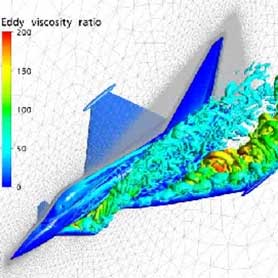As part of the visit to Australia by Dr Florian Menter, world-recognised expert in turbulence modelling, LEAP Australia is pleased to announce a webinar to be held on Thursday Aug 30th at 11am AEST. This webinar will provide an overview of recent advancements in turbulence modelling and is being held for those customers unable to attend the Advanced Turbulence training courses in Sydney, Melbourne and Perth. More information on the training courses can be found here in a separate post. Who should attend? This webinar is suitable for all engineers, researchers & managers involved in performing CFD modelling of turbulent flows. ABOUT THE PRESENTER Dr. Menter is a world-recognised expert in turbulence modelling. He developed the widely used Shear-Stress Transport (SST) turbulence model, which has...
Archives
10 key points covered in our CFD Meshing Tips & Tricks webinar

A quick thanks to the large number of customers in Australia and New Zealand who attended our July webinar on ANSYS CFD Meshing Tips & Tricks. We've had many enquiries from people wanting to know more, so we thought we'd break the content down into the 10 key points below. If you want more information on any specific point, then please contact us directly or post a comment in the field at the bottom of the page. 10 key points to a successful CFD Meshing strategy (taken from the demonstration throughout LEAP's webinar on CFD Meshing Tips & Tricks): Firstly, decide what mesh connectivity your problem requires (conformal / non-conformal) and how this will affect the setup of your geometry - single part, multi-body parts or separate...
Top Australian Design Award goes to Deepsea Challenger submersible
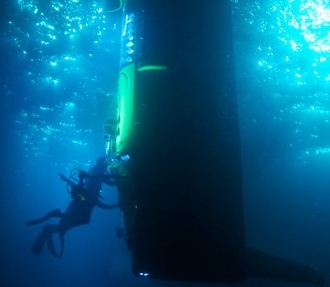
LEAP Australia wishes to congratulate Finite Elements Pty Ltd on their impressive use of ANSYS simulation technology during the design and testing of James Cameron's Deepsea Challenge submersible vehicle, which successfully completed its historic expedition to the Mariana Trench’s lowest point, the Challenger Deep, on March 25, 2012. The Deepsea Challenger submersible became the first single occupant research vessel to safely reach the bottom of the Mariana Trench, which at 11kms below the surface is the deepest part of the world's oceans. The Deepsea Challenger was constructed in a factory in Sydney, and the design involved a 6 year collaboration between James Cameron, Ron Allum and Phil Durbin with his team at Finite Elements Pty Ltd. Following his safe return to the surface, James Cameron commented "When...
Influence of CFD Technology on London Olympic Games
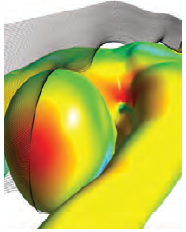
Many of you may already have detailed knowledge of the use of CFD in your area of expertise, but it is not often that as a CFD community we can all unite in appreciation of a common group of applications that we can all relate to. With the London 2012 Olympic Games fast approaching, we felt it is worth taking a look at the way in which CFD technology is playing a crucial role in many Olympic sports. You may have already been aware of the tremendous work that companies such as Speedo had invested in CFD technology to keep their products a step above their competitors. In fact, so successful were the Speedo LZR RACER swimsuits developed for the Athens and Beijing Olympics that they were eventually...
Tips & Tricks: Turbulence Part 2 - Wall Functions and Y+ requirements
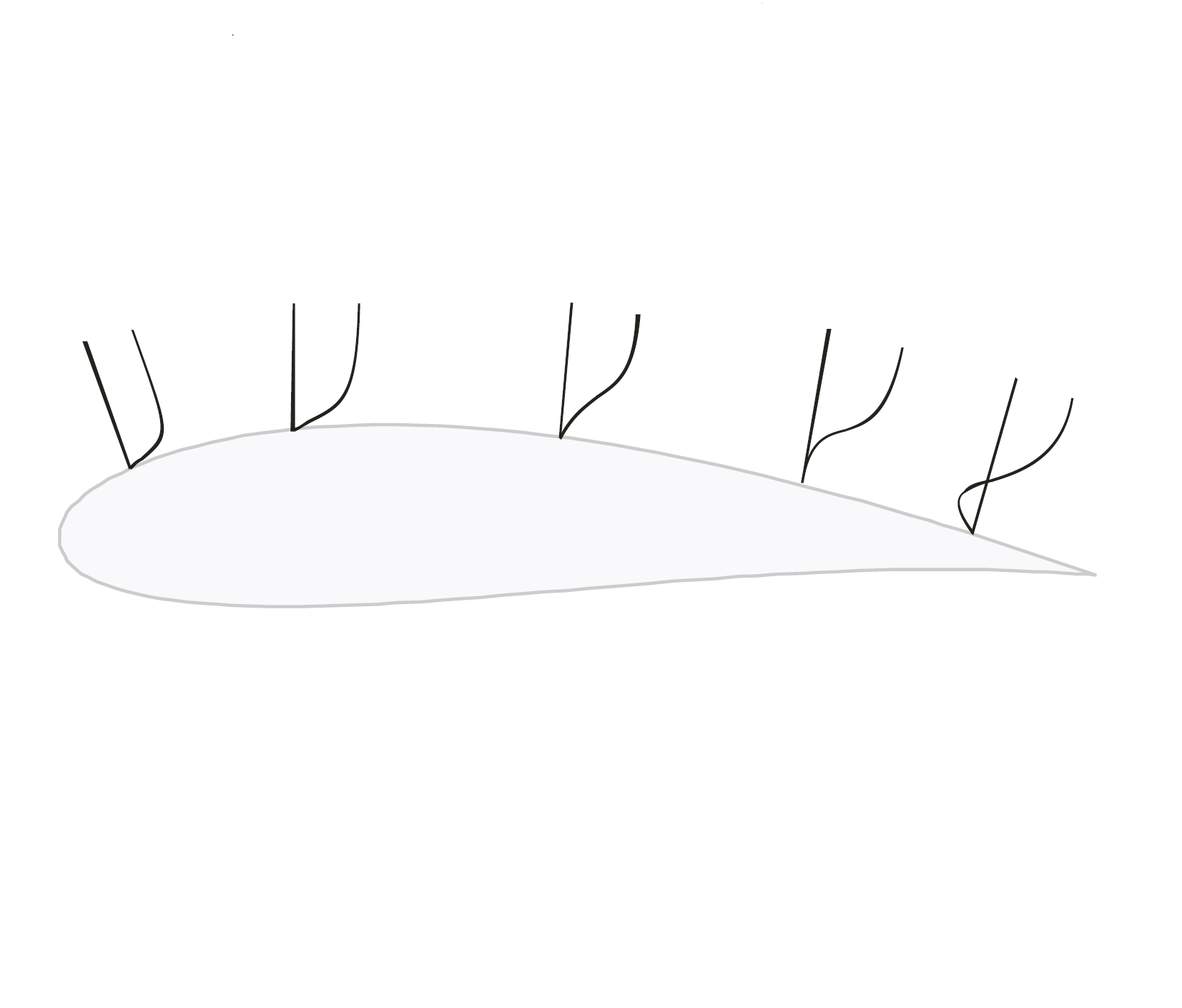
Learn from the Expert: Turbulence Training with Dr. Florian Menter
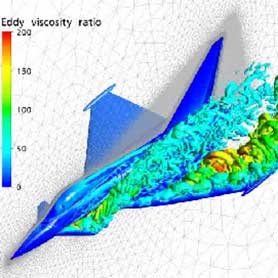
Dr. Menter is a world-recognised expert in turbulence modelling.
He developed the widely used Shear-Stress Transport (SST) turbulence model, which has set a milestone in the accurate prediction of aerodynamic flows. He has also contributed to the formulation of one-equation turbulence models, advanced near wall treatment of turbulence equations, transition modelling and unsteady flow models. He has been in charge of the turbulence modelling program at ANSYS for more than 15 years and has been involved in a wide range of industrial modelling challenges.
Tips & Tricks: Turbulence Part 1 - Introduction to Turbulence Modelling

We will now focus on Turbulence Modelling, which is a critical area for any engineer involved with industrial CFD. There are a number of different approaches so it is important that you have solid grounding in this area to enable you to choose the appropriate model for your simulation requirements. It is worth noting that in August 2012, LEAP will be hosting Dr. Florian Menter to run a series of Advanced Turbulence Training courses in Melbourne, Sydney and Perth. Dr. Menter is a world recognised expert in turbulence modelling, and more information on his visit to Australia can be found here. The ANSYS CFD Solvers solve the Navier Stokes and conservation equations, but as direct solutions are not possible to resolve for any flows of an industrial Reynolds...
Tips & Tricks: Convergence and Mesh Independence Study
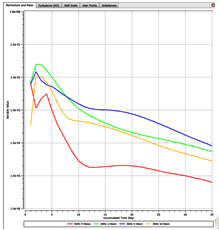
The previous posts have discussed the meshing requirements that we need to pay attention to for a valid result. It is important to remember that your solution is the numerical solution to the problem that you posed by defining your mesh and boundary conditions. The more accurate your mesh and boundary conditions, the more accurate your "converged" solution will be. CONVERGENCE Convergence is something that all CFD Engineers talk about, but we must remember that the way we generally define convergence (by looking at Residual values) is only a small part of ensuring that we have a valid solution. For a Steady State simulation we need to ensure that the solution satisfies the following three conditions: - Residual RMS Error values have reduced...
Tips & Tricks: Inflation Layer Meshing in ANSYS

Tips & Tricks: Sweep Meshing in ANSYS
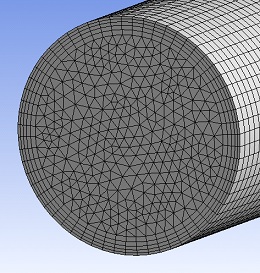
For this post, we'll discuss a topic which allows you to complement your understanding of global and local mesh controls that we have covered previously. Sweep meshing is a meshing method available in ANSYS Meshing that is important for all CFD users to understand and can be readily used to maintain high solver accuracy at the same time as reducing mesh cell counts (leading to a serious speedup in solve times). The Sweep Method begins by meshing a particular 'source' surface using either the automatic global settings, or any local sizing controls / inflation layers that have been applied by the user. It will then "sweep" the source mesh (which can represent any arbitrary cross-section) through the body, spacing it by a certain incremental dimension or...

